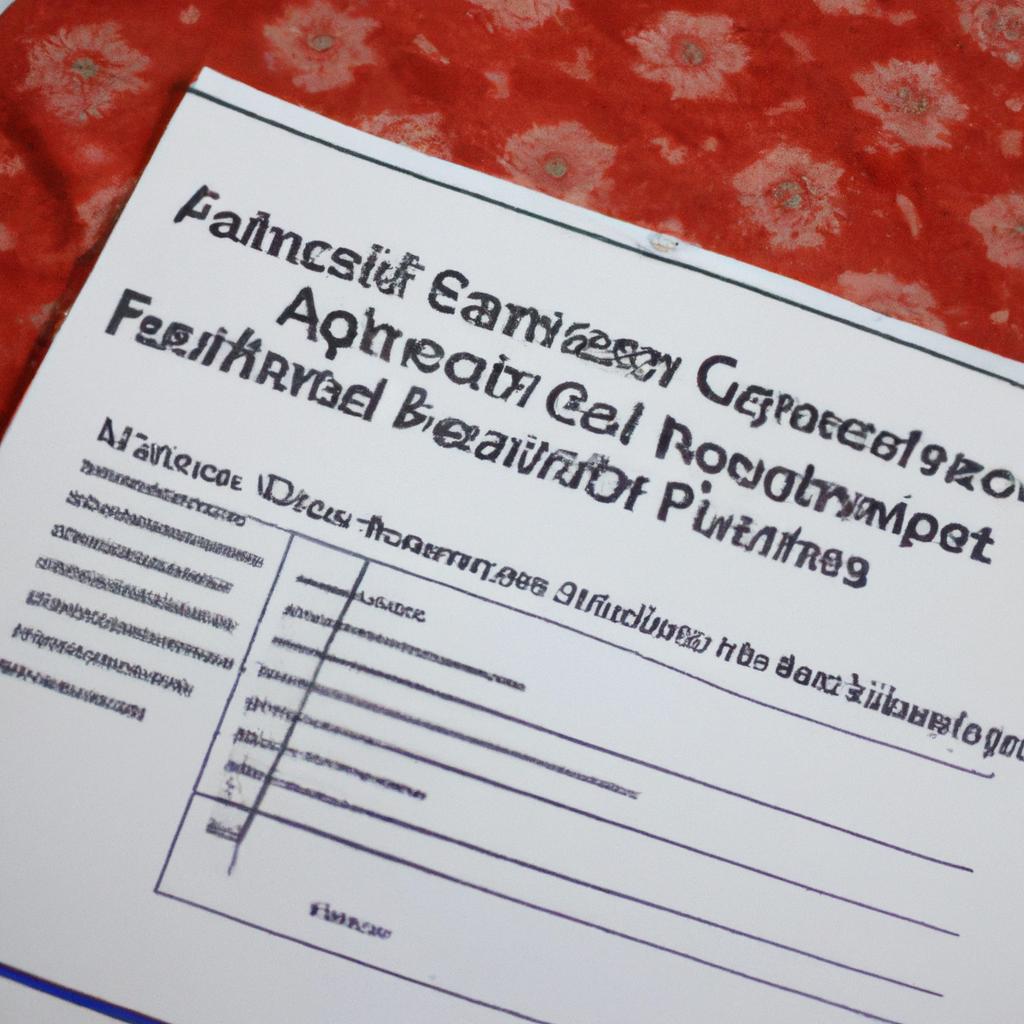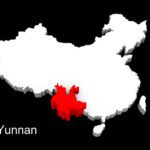The Center for the Scientific Study of Families reports are designed to provide relevant information about the conditional state of families in a specified context. The report provides information such as population, culture, family structure, and family life.
Family reports are an important tool for improving the lives of families. By providing information about the family’s conditional state and context, family reports can help improve communication between families and service providers and lead to better outcomes for families and children.
Introducing Farah, Afghanistan
Farah is a province in southwestern Afghanistan, located in the western part of the country, which shares borders with Iran. The province has a population of about 573,000 people, the majority of whom are Pashtuns. The capital of Farah Province is Farah City. Located on the Farah River, it is roughly 150 kilometers from the Iranian border.
The economy of Farah Province is based on agriculture, livestock, and mining. The main crops grown in the province are wheat, barley, cotton, and fruits. Farah Province is a major transit point for goods and people between Afghanistan and Iran. The Ring Road highway passes through the province, connecting Herat, Kandahar, and Kabul.
Farah Province is characterized by a diverse landscape, ranging from arid deserts in the south and west to fertile river valleys in the central and northern areas. Like other regions in Afghanistan, Farah has a rich cultural heritage, and its inhabitants maintain traditional customs and practices. The province has its own unique music, dance, and art forms that reflect the local identity and history.
Cultural and Ethnic Diversity
The primary ethnic group in the province is the Pashtuns, who make up nearly 80% of the population. However, there are also smaller communities of other ethnic groups in the region. Some of the notable cultural and ethnic groups found in Farah Province include:
- Pashtuns: As the largest ethnic group in Farah, they are predominantly found in the southern and central areas of the province. They have their own language, Pashto, and follow Pashtunwali, a traditional code of conduct that governs various aspects of their social and cultural lives.
- Baloch: The Baloch people have a presence in the western part of Farah Province, particularly near the border with Iran. They speak Balochi and have their own distinct cultural practices and traditions.
- Tajiks: Tajiks are a minority ethnic group in Farah Province, and they mainly inhabit the northern areas of the province. They speak Dari, which is a variety of Persian and one of the official languages of Afghanistan. The Tajiks are known for their intelligence and their skills in business and trade.
- Hazaras: Although relatively small in numbers, there is also a Hazara community in Farah Province. Hazaras primarily reside in the central highlands, and they are known for their distinct Central Asian cultural heritage.
- Other Ethnic Groups: In addition to the major ethnic groups mentioned above, there may be smaller communities of Uzbeks, Turkmen, and other ethnic groups such as living in Farah Province, but their numbers are generally smaller compared to Pashtuns, Balochs, Tajiks, and Hazaras.
Family Demographics
Specific information regarding the number of families in Farah was not available. However, using information from the 2012 Afghanistan census, it is estimated that there are roughly 340,000 families residing in the province.
In general, Farah Province tends to value large families, and extended families living together in the same household is a common practice. The concept of family is central to overall Afghan culture, and strong family ties are highly regarded. In rural areas, families often have more children, while in urban centers, family sizes may be smaller due to factors like access to education and healthcare as well as changes in societal norms.
Pashtun families are typically very traditional. They place a strong emphasis on family honor and respect for elders. Tajik families are also traditional, but they are more likely to have received influences from Western culture. They place a strong emphasis on education and social mobility. Hazara families: Hazara families are also traditional, but they have a distinct culture and history as they are Shi’a Muslims. Baloch families are more independent than other ethnic groups in Afghanistan. They have a strong sense of tribal identity, and they are known for their fierce independence.
While there are no available statistics regarding marriage and divorce rates, it is known that marriages in Farah are typically traditional, arranged marriages. Parents and elders often play a central role in selecting suitable spouses based on factors like family background, reputation, and social status. Baloch marriages are typically arranged within the same tribe, and maintaining kinship ties is crucial. Marriages serve to strengthen social connections and alliances between families.
The literacy rate in Farah Province is 37%. This rate is higher among men than women, with a male literacy rate of 50% and a female literacy rate of 24%. The education levels in Farah Province are also low. Only about 20% of children in Farah Province attend primary school, and only about 5% of children attend secondary school. The education levels are lower for girls, with only about 10% of girls attending primary school and only about 2% of girls attending secondary school. The Pashtuns have the highest literacy rate in the province, with a literacy rate of 45%. Balochs have the lowest literacy rate in the province, at 20%.
Conclusion
Religious practices, socioeconomic factors, and cultural and ethnic traditions all have a significant impact on family life in Farah, Afghanistan. The region’s families exhibit diverse dynamics, reflecting the complexities and resilience of Afghan society.
Like in other parts of Afghanistan, families in Farah face challenges related to conflict, displacement, poverty, and limited access to services. Despite these difficulties, these families exhibit remarkable resilience and a strong sense of community support.





